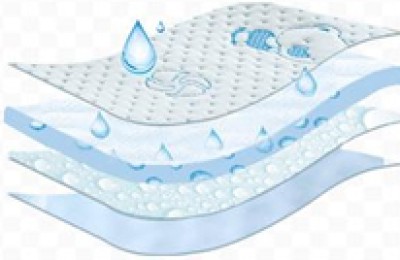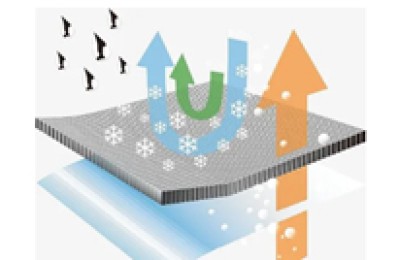Tieling Kaiyuan: Raising tussah silkworms creates an economic and ecological “double harvest”
In late autumn, on an uphill slope in Naobei Village, Shangfei Town, Kaiyuan City, the leaves of the oak trees are already covered with silkworm cocoons. Villager Chang Yong and more than a dozen workers are picking them. During the half-month harvesting period, Chang Yong and his workers went out early and came back late every day. After the cocoons collected from the mountain grow for a week, they can be transformed into silkworm pupae for sale.
“Now we need to hire 40 villagers every day, some of whom are responsible for picking silkworm cocoons up the mountain, and the other for peeling silkworm cocoons at the bottom of the mountain.” Chang Yong told reporters that since July, silkworm farmers have successively removed silkworm eggs from low-temperature warehouses. Move to the mountain and perform “silkworm releasing”. After the silkworms go up the mountain, the silkworm farmers will always pay attention to changes in the silkworms’ food intake. After they have eaten all the leaves on one side of the oak tree, they will be transferred to the other side in time until the silkworms spin silk and form cocoons and turn into cocoons, then they can be sold. Chang Yong has nearly 10 years of experience in sericulture. The silkworms he cultivates are of good appearance and quality. Regular customers from Xifeng come to buy them every year.
Ten years ago, Chang Yong often went out to work with the villagers in the same village. Because he had no skills, he could only earn a meager income by doing manual labor. When he returned home, he heard that there were tussah farmers in the village, which made him feel… Very curious, after gaining an in-depth understanding of tussah silkworms, Chang Yong decided to end his journey of working outside the home and return to Naobei Village to develop the tussah silkworm industry.
Chang Yong told reporters that Naobei Village is located in a mountainous area with rich woodland resources, which is very suitable for tussah breeding. Sericulture does not take up much time every year and does not delay farming. Although the cycle is short, raising silkworms is also a hard work. It starts with cleaning the tussah forest in January every year, and then hatches the eggs, releases the silkworms, moves the silkworms, makes cocoons, and collects the cocoons. Every step is not careless.
It can be said that the whole body of tussah silkworms is a treasure. As people pay more attention to its comprehensive utilization value in recent years, the market demand for tussah silkworms is also increasing year by year. Chang Yong said that when cocoons are picked in September, cars from other places come to purchase them one after another. Every year, the supply of cocoons exceeds the demand, and the purchase price is getting higher and higher. The 1,000 acres of tussah forest contracted by Chang Yong produces 15,000 kilograms of cocoons every year, with an annual income of 300,000 yuan. It can also create employment for dozens of villagers at their doorsteps.
Chang Yong’s success in raising silkworms to get rich is just a microcosm of Shanfei Town. In recent years, Shanfei Town, relying on its abundant resources of tussah trees and hillside areas, has focused on tussah silkworms as a characteristic industry that drives rural economic development and increases the income of farmers in mountainous areas. , thus stimulating the enthusiasm and initiative of the masses to raise tussah silkworms, and the tussah silkworm industry has become a new engine for rural revitalization.
The production of tussah silkworms has low investment, quick results and high efficiency. It has become the best short-term and fast project for farmers in mountainous areas to get rich. It does not occupy cultivated land and does not use pesticides. It is a typical green environmental protection industry, achieving a “double harvest” of economic benefits and ecological benefits.
AAA
Disclaimer:
Disclaimer: Some of the texts, pictures, audios, and videos of some articles published on this site are from the Internet and do not represent the views of this site. The copyrights belong to the original authors. If you find that the information reproduced on this website infringes upon your rights and interests, please contact us and we will change or delete it as soon as possible.
AA






